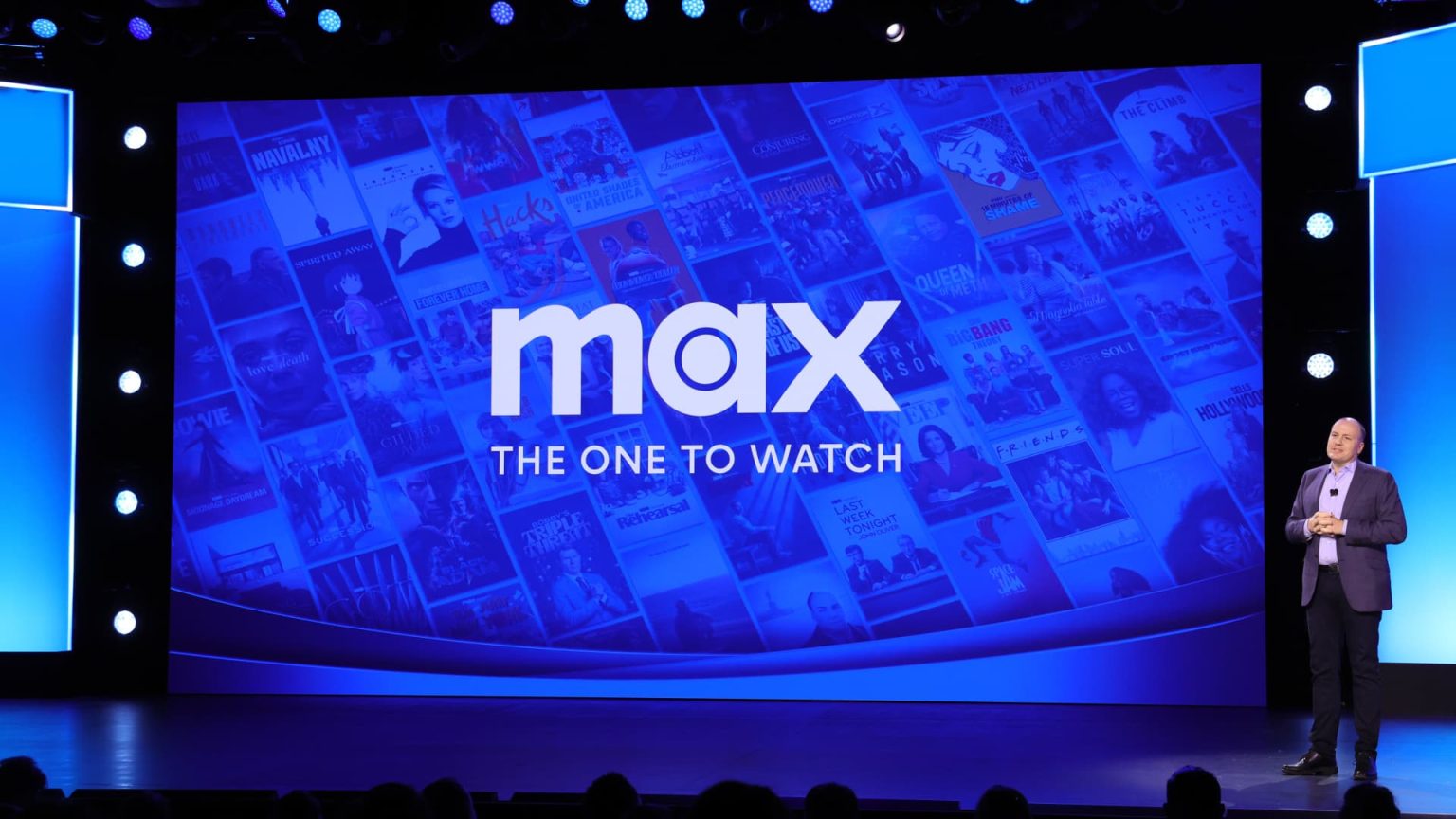Warner Bros. Discovery‘s stock dropped Wednesday after it reported a $9.1 billion write-down on its TV networks and missed analyst estimates on revenue.
Here is how Warner Bros. Discovery performed, based on a survey of analysts by LSEG:
- Loss per share: 36 cents vs. a loss of 22 cents expected
- Revenue: $9.7 billion vs. $10.07 billion expected
The company’s shares were down roughly 7% in aftermarket trading.
Warner Bros. Discovery on Wednesday reported the non-cash goodwill impairment charge, which was triggered by the reevaluation of the book value of the TV networks segment. The book value was higher than the market value as traditional TV networks continue to see customers flee and advertisers are opting to spend on digital and streaming instead.
Revenue for Warner Bros. Discovery’s TV networks — a portfolio that includes TBS, TNT, Discovery and TLC — was down 8% to $5.27 billion during the second quarter, with both distribution and advertising revenue down in the segment.
However, the company’s streaming business, centered around the platform Max, was a bright spot.
The company said Wednesday it added 3.6 million subscribers during the quarter ended June 30, bringing its total number of global streaming customers to 103.3 million. This occurred as Max was launched in new international markets.
Still, direct-to-consumer streaming revenue decreased 5% to $2.57 billion, driven by content revenue dropping 70% due to a lower volume of third-party licensing deals. Yet advertising revenue for streaming was up 99%, the company said, driven by higher domestic engagement on Max, and ad-supported subscriber growth. Global revenue also increased 4% driven by the ad tier.
Total revenue for the quarter was down 6% to $9.7 billion. Total adjusted earnings before interest, taxes, depreciation and amortization decreased 15% to $1.8 billion.
This is breaking news. Please check back for updates.
Correction: This article has been updated to reflect that Warner Bros. Discovery’s revenue was $9.7 billion for the quarter.
Read the full article here



